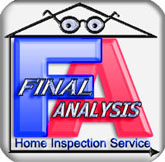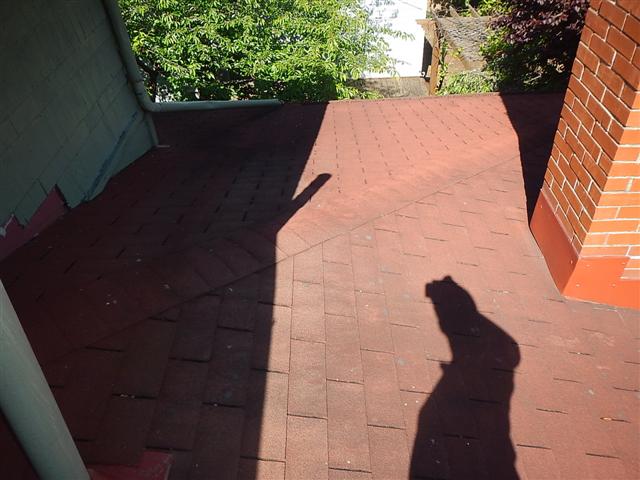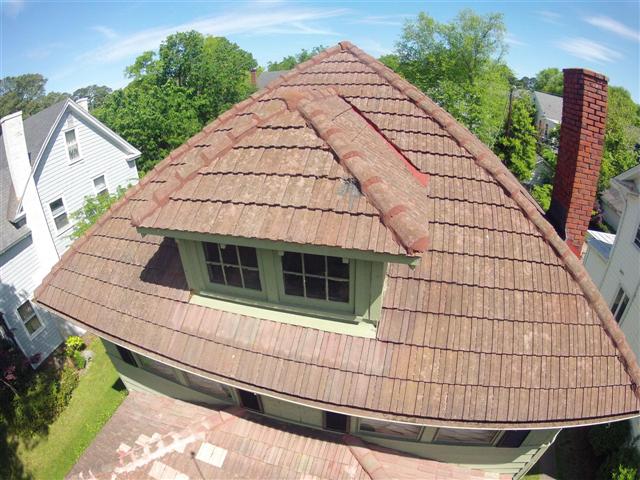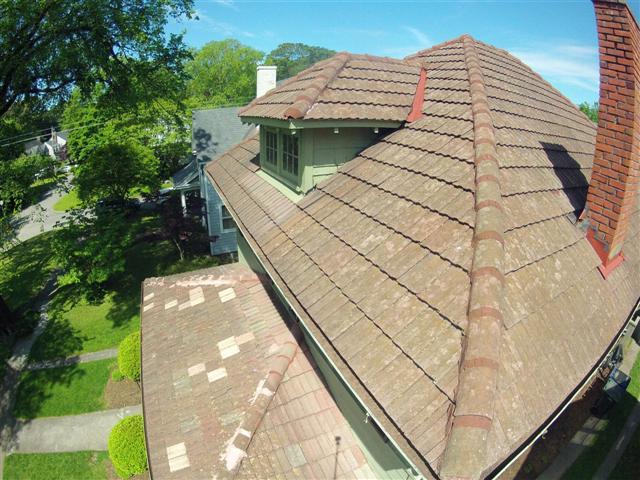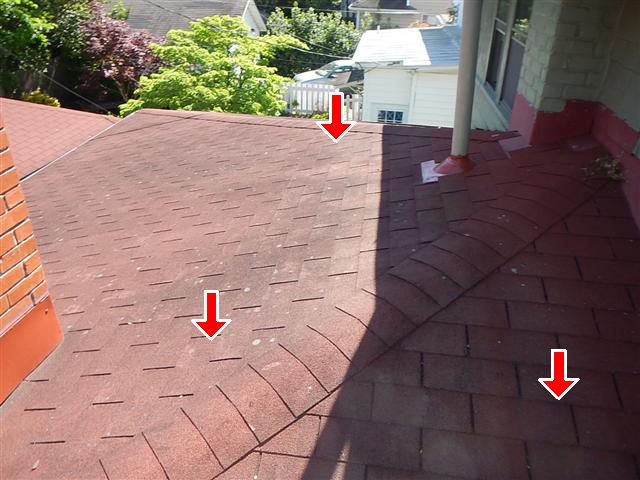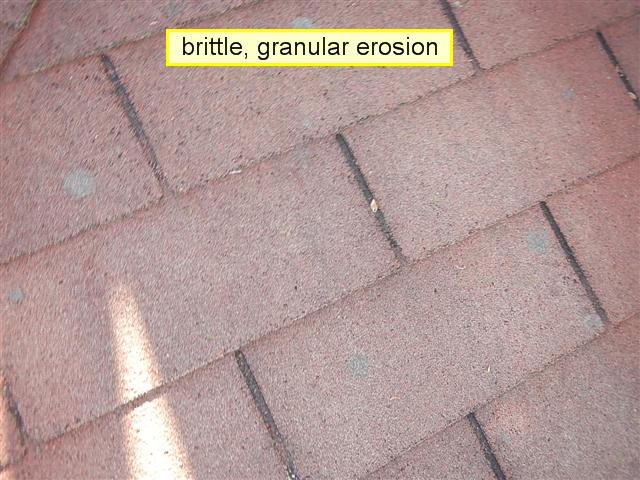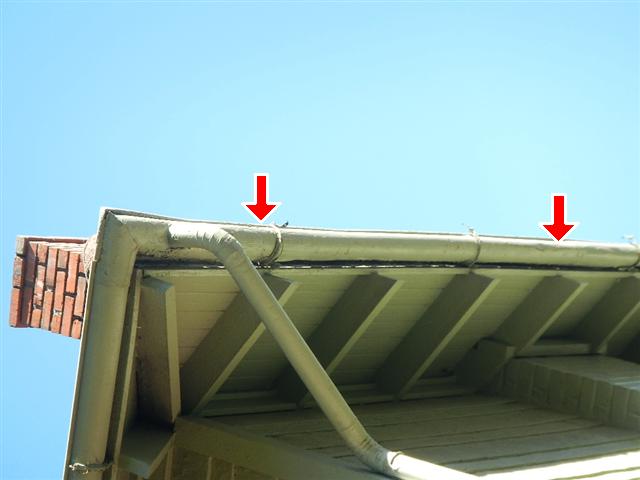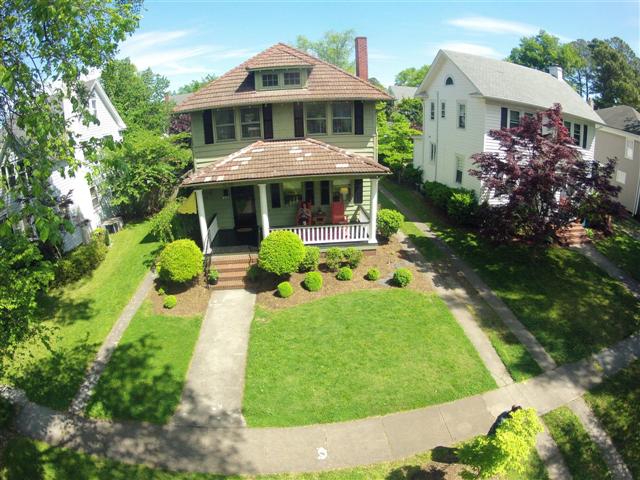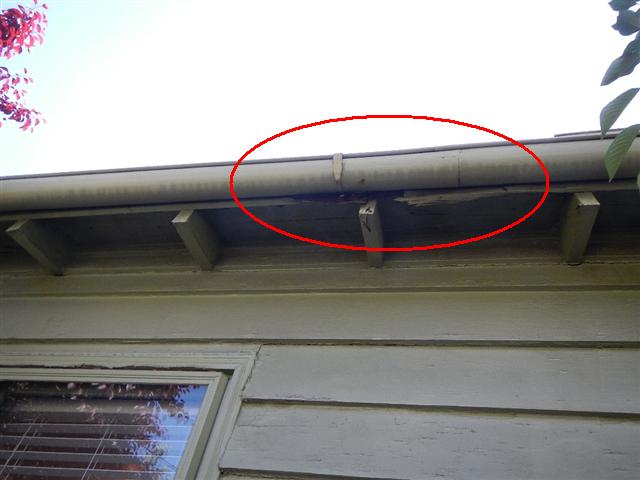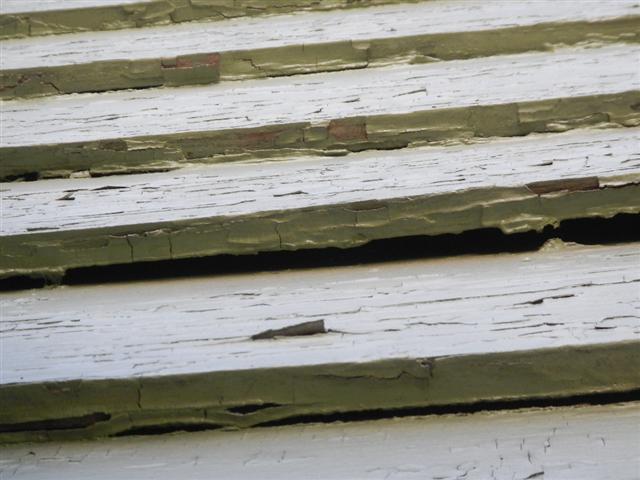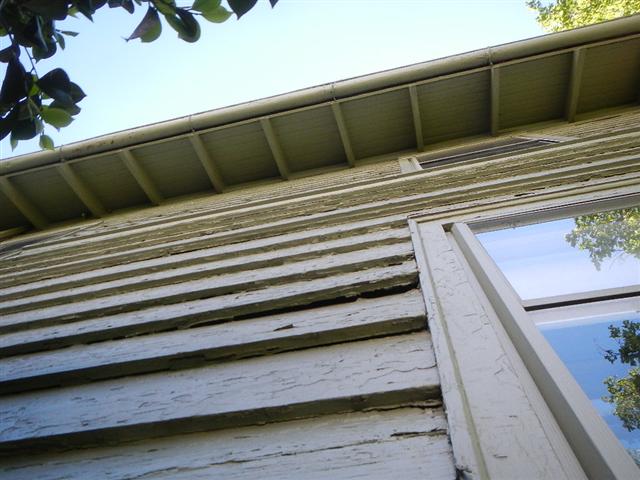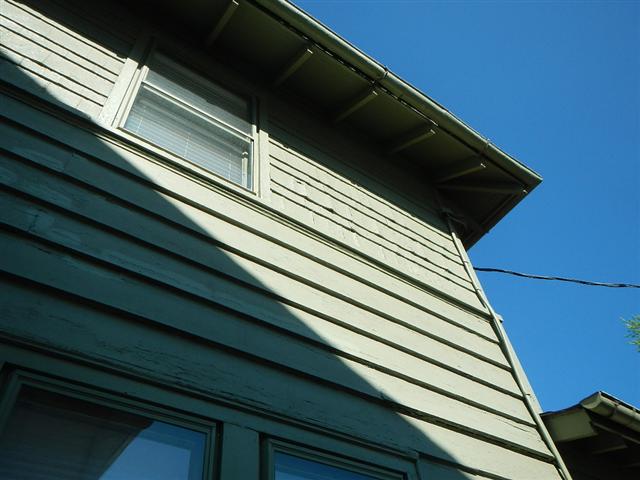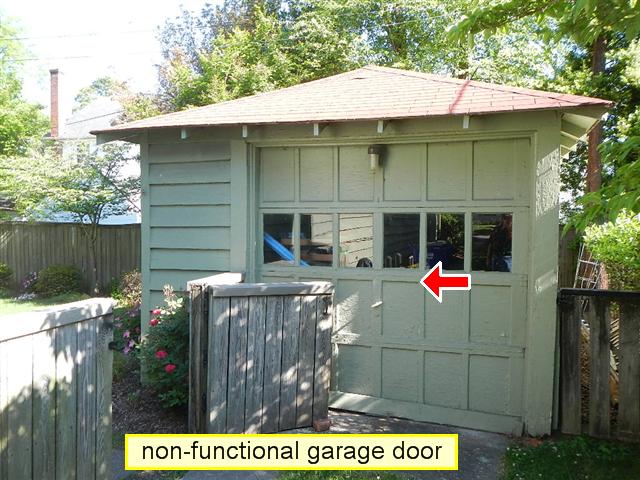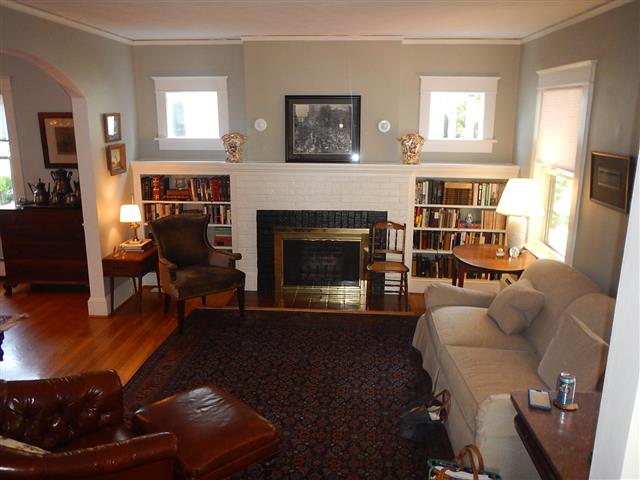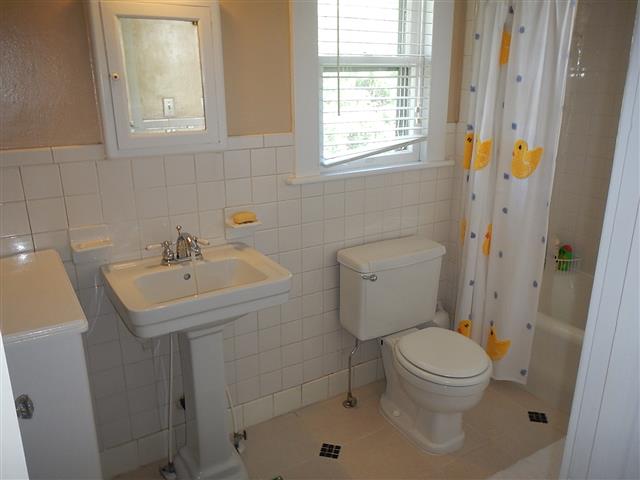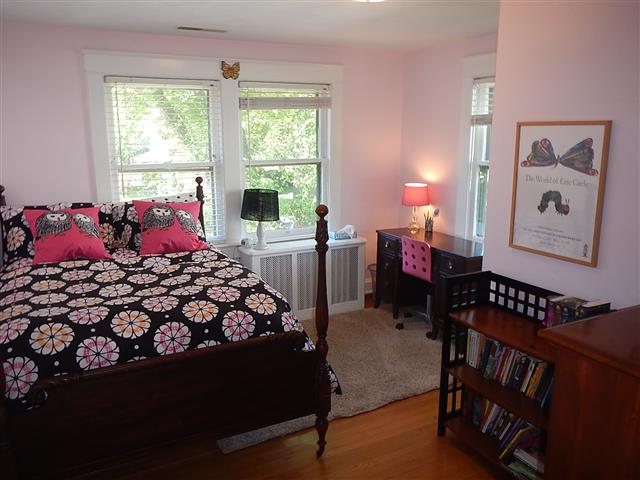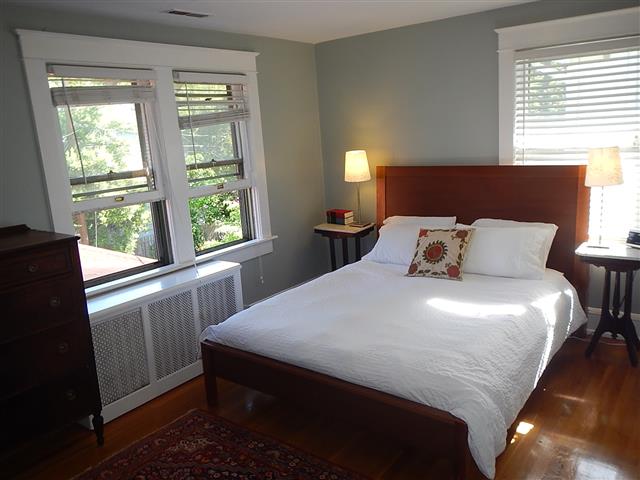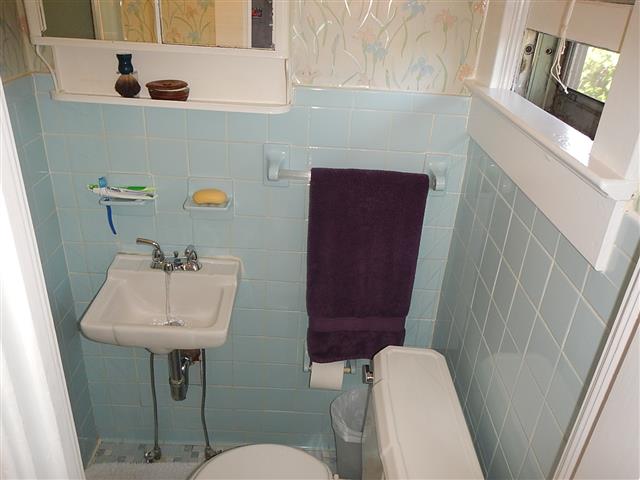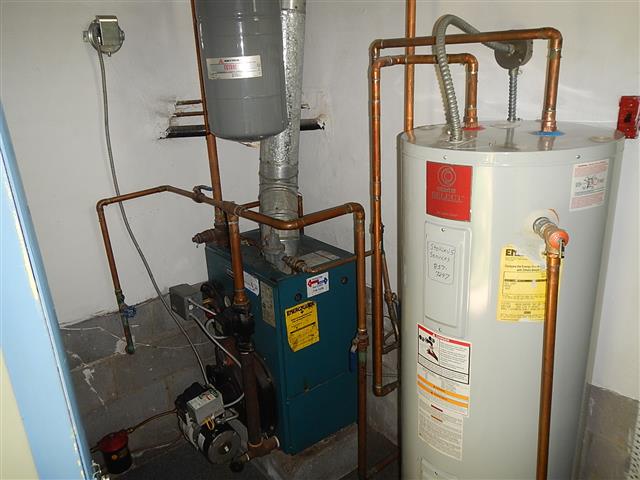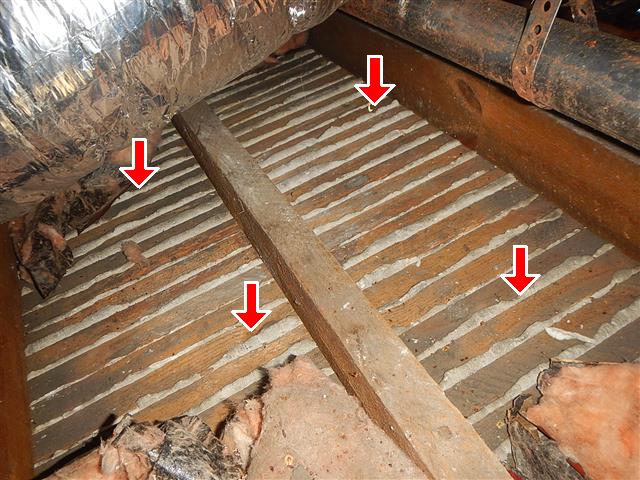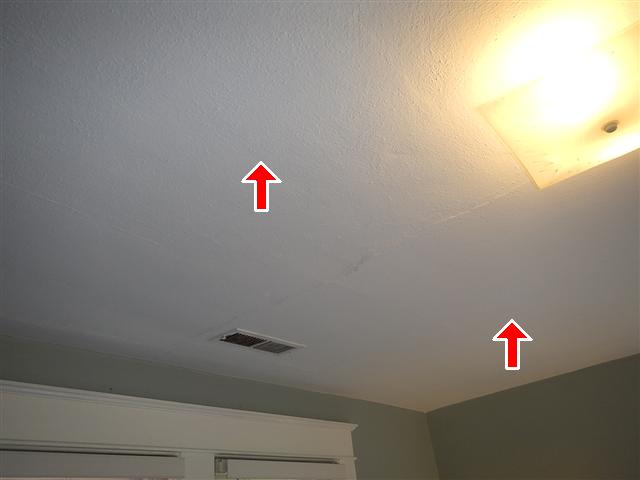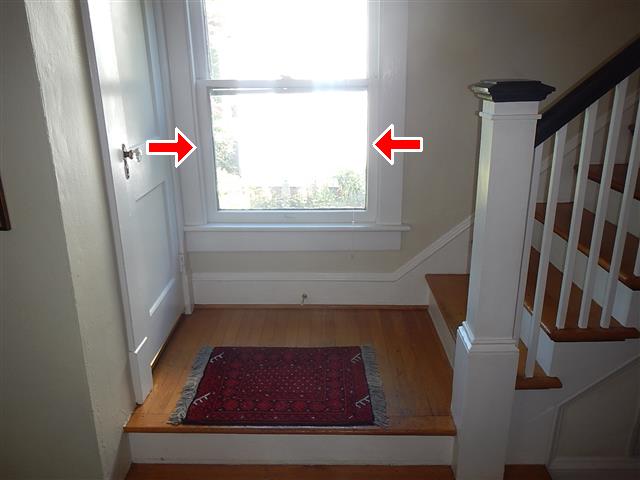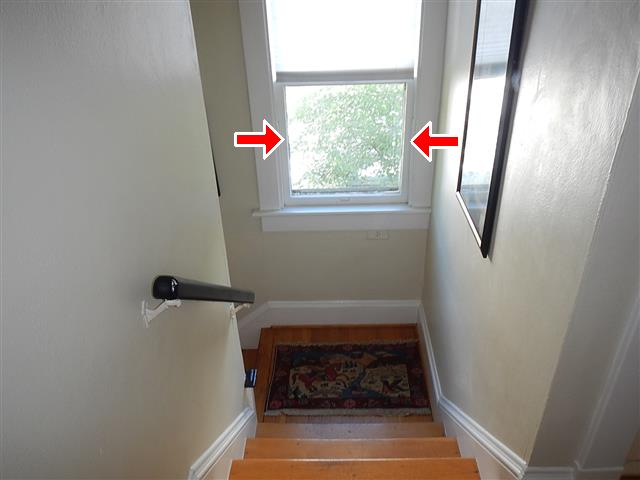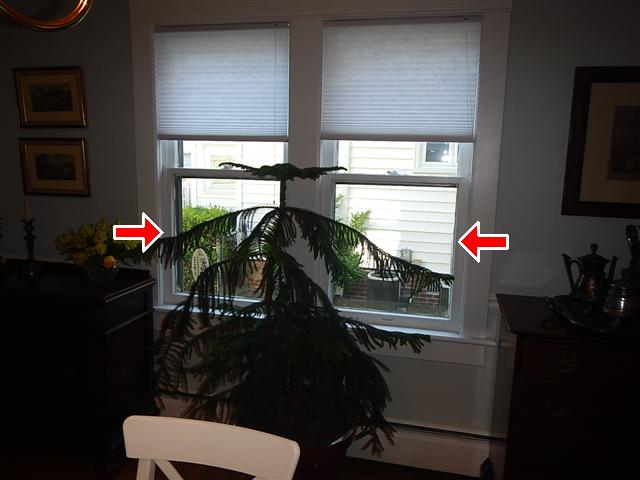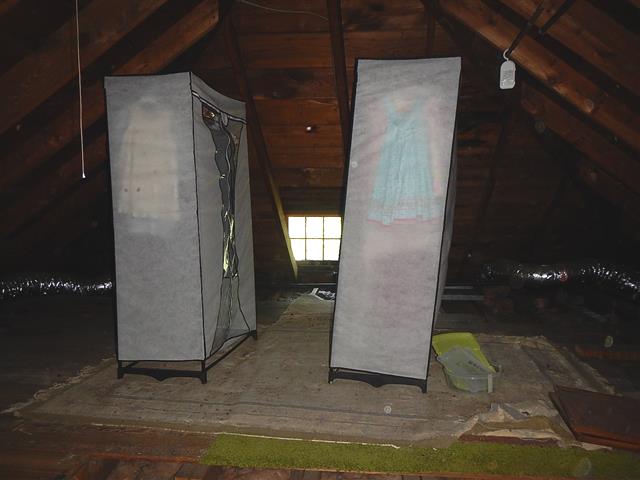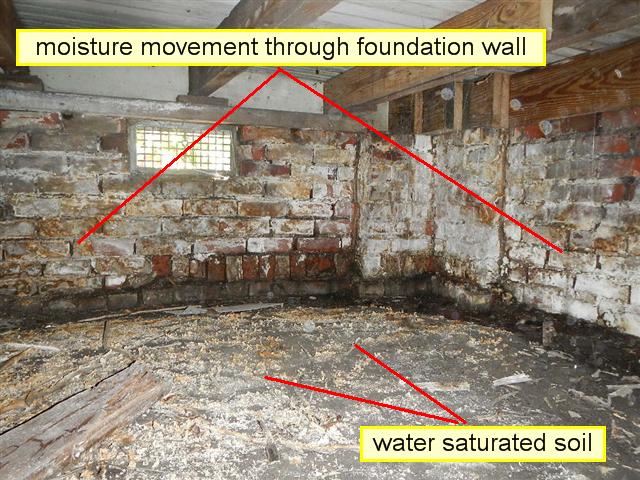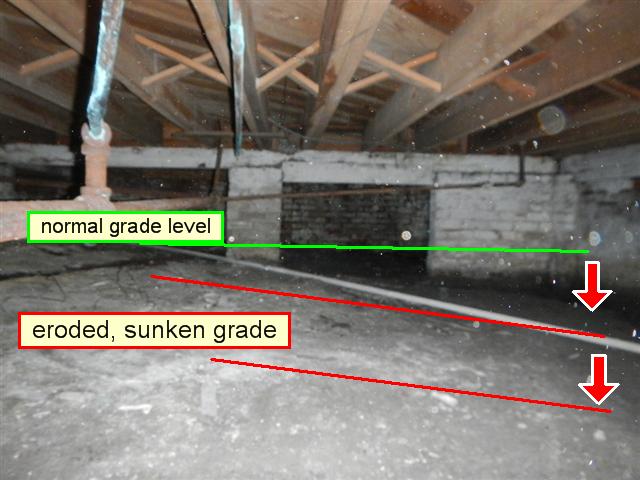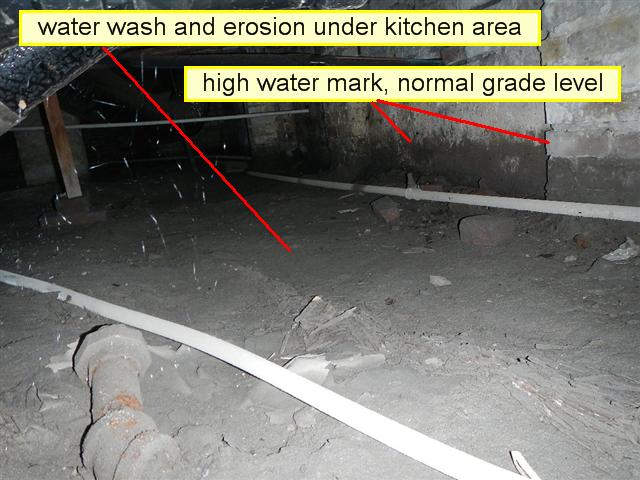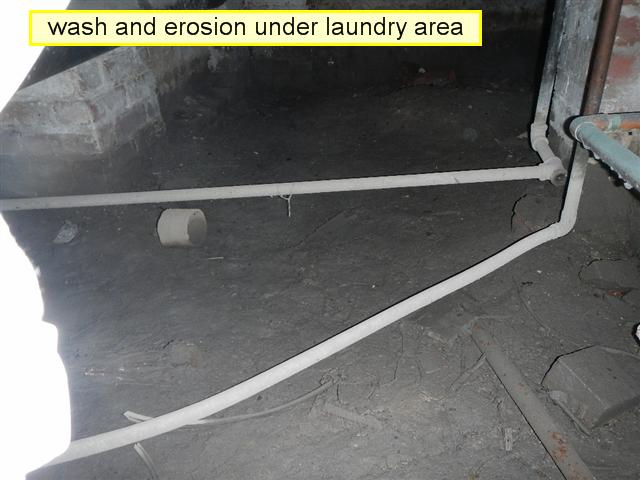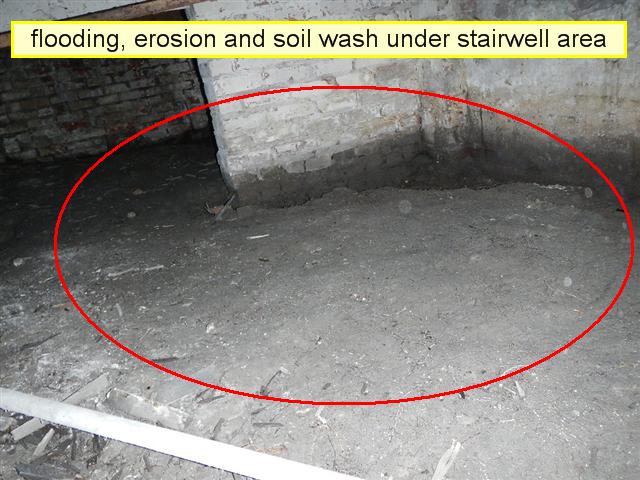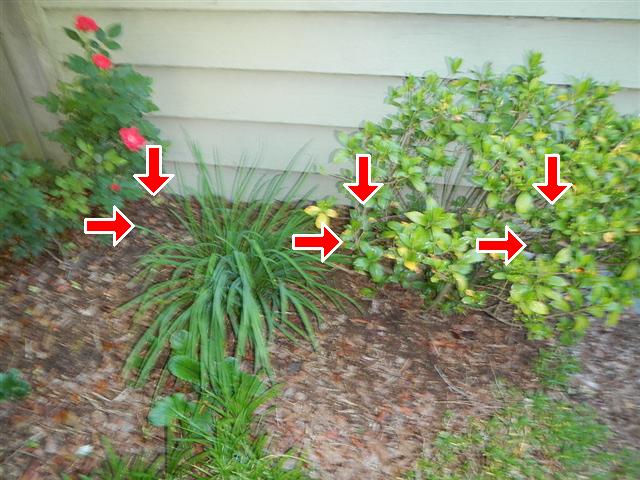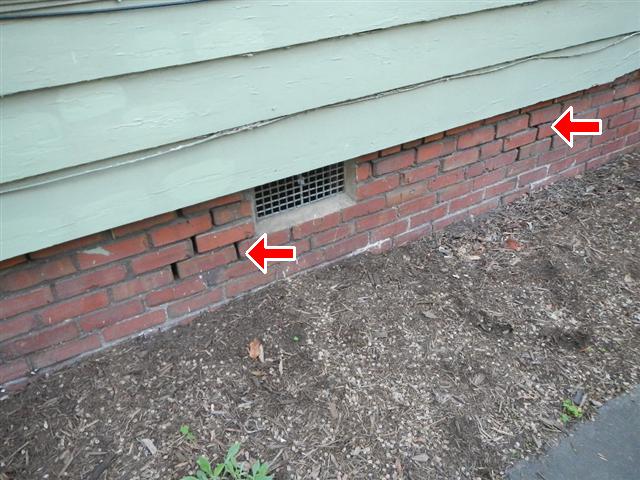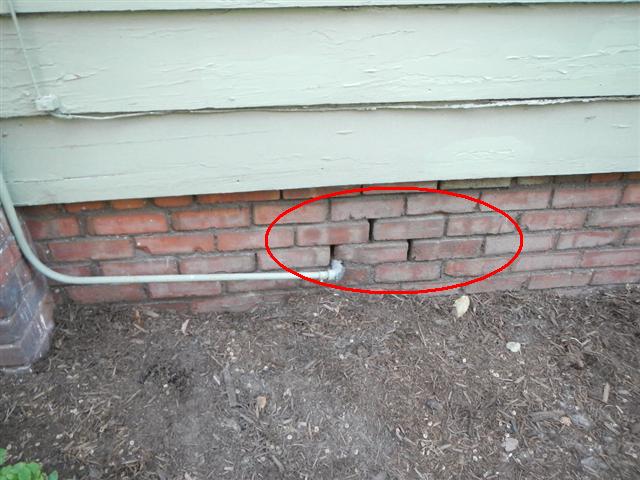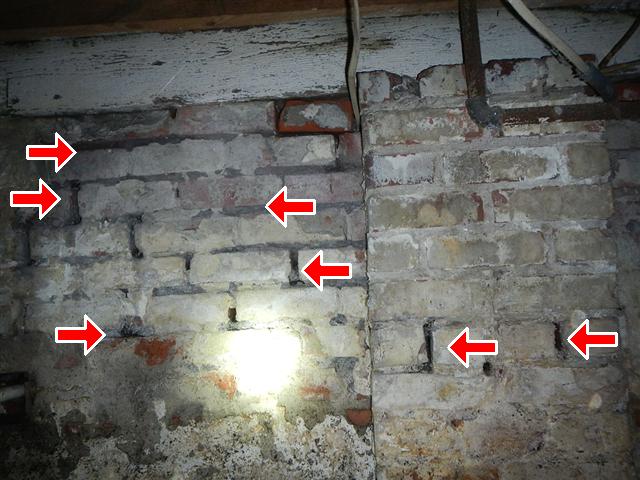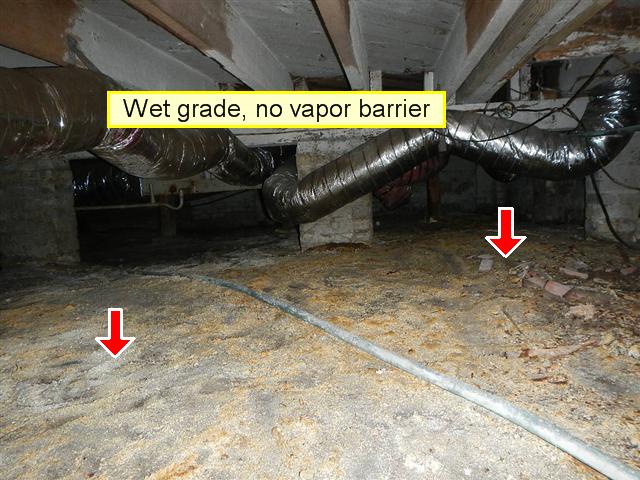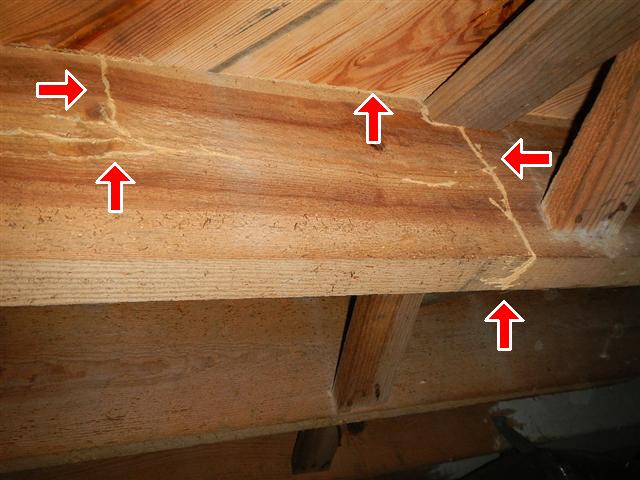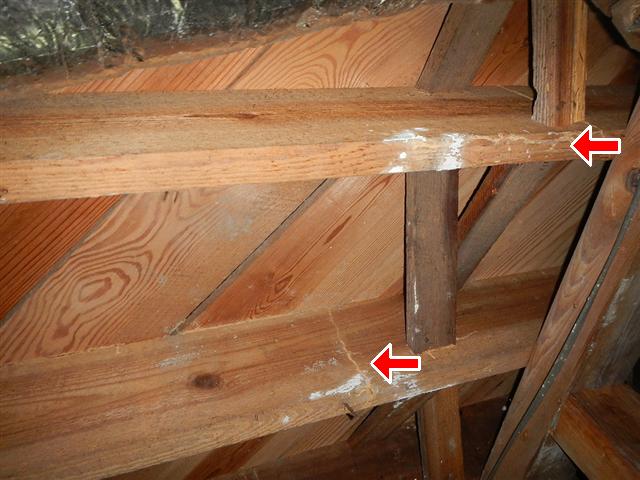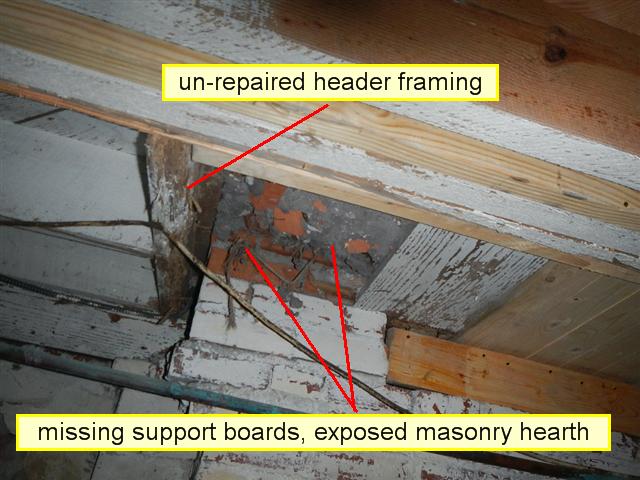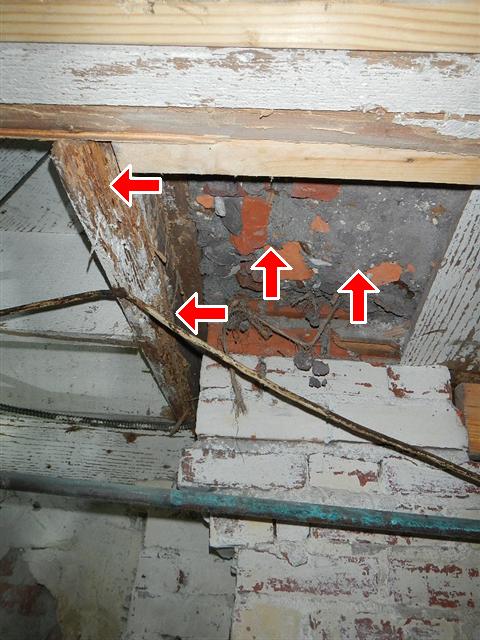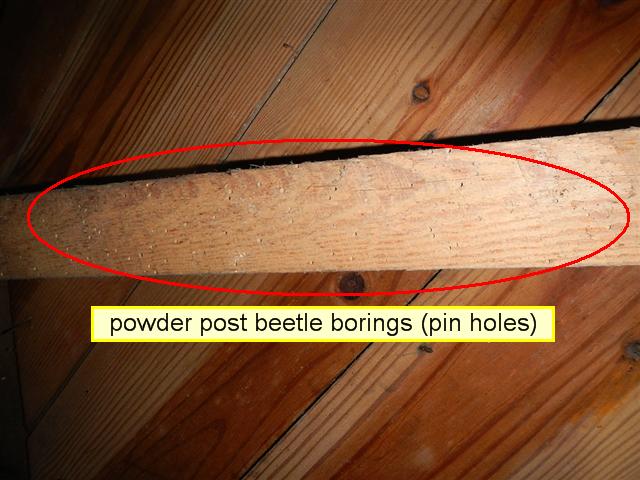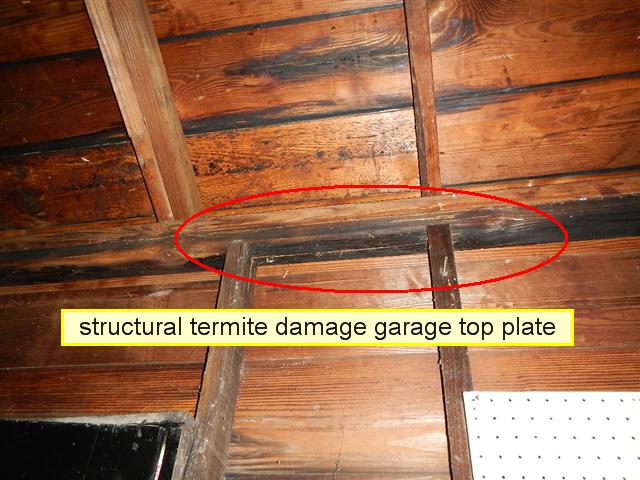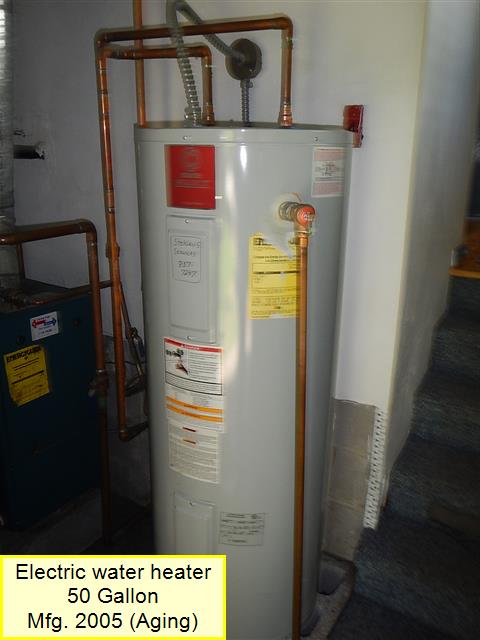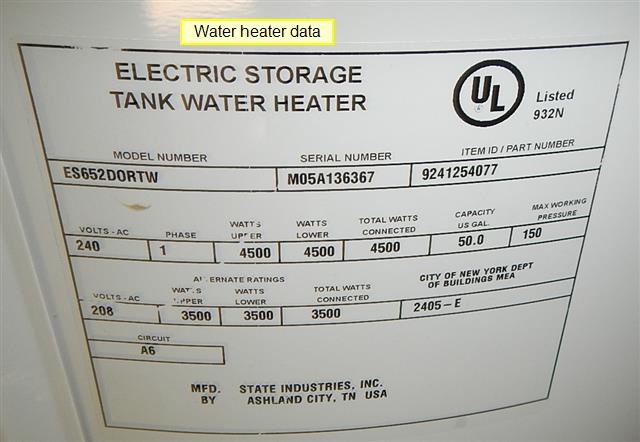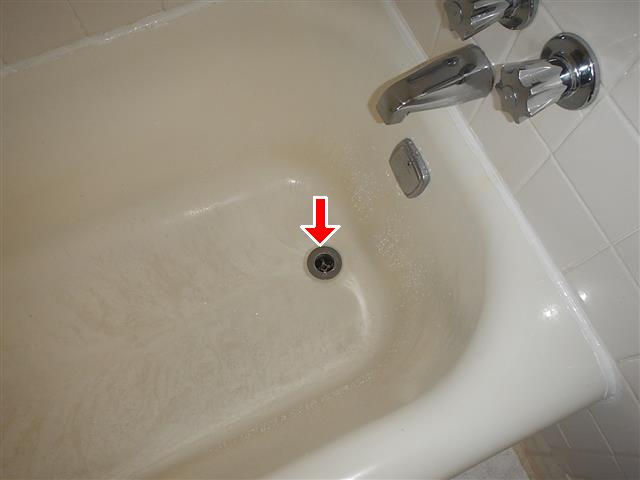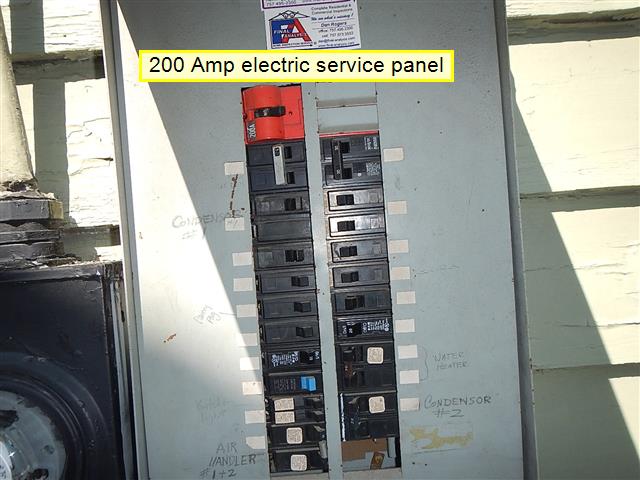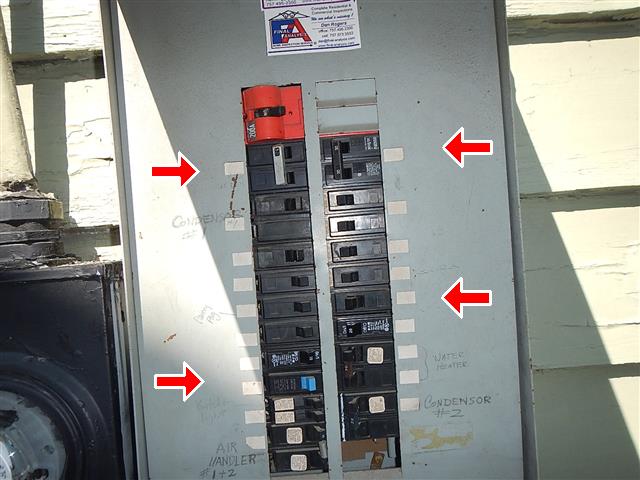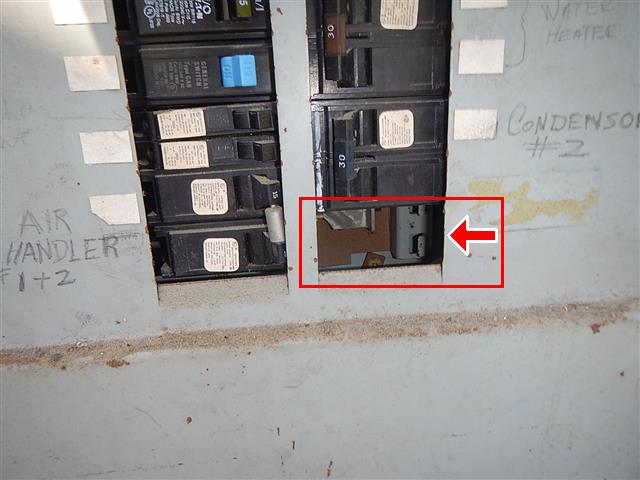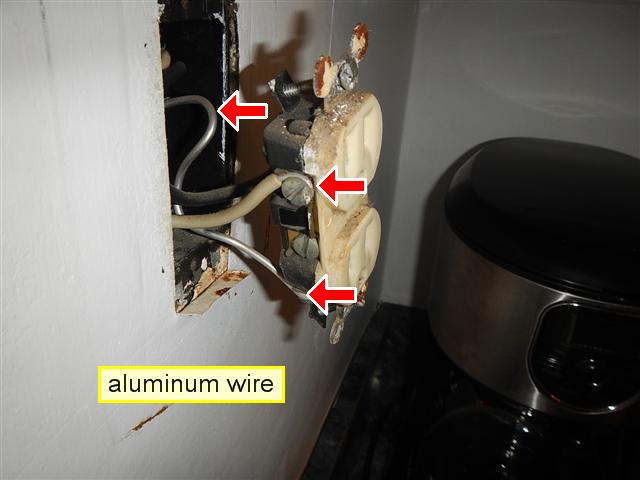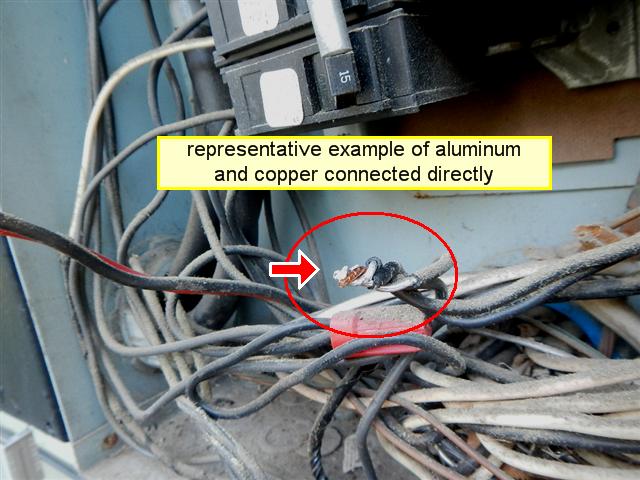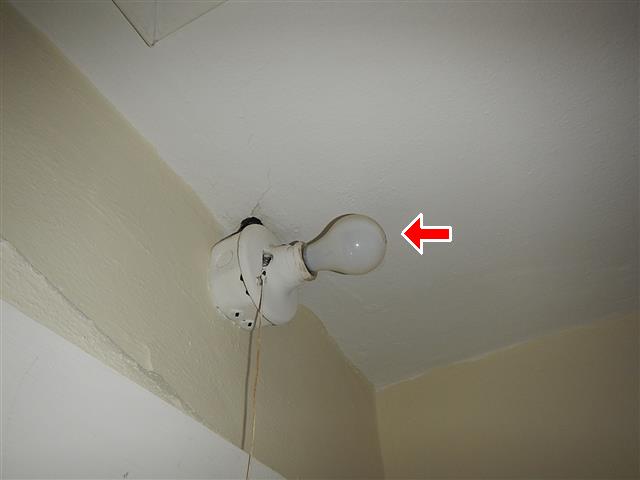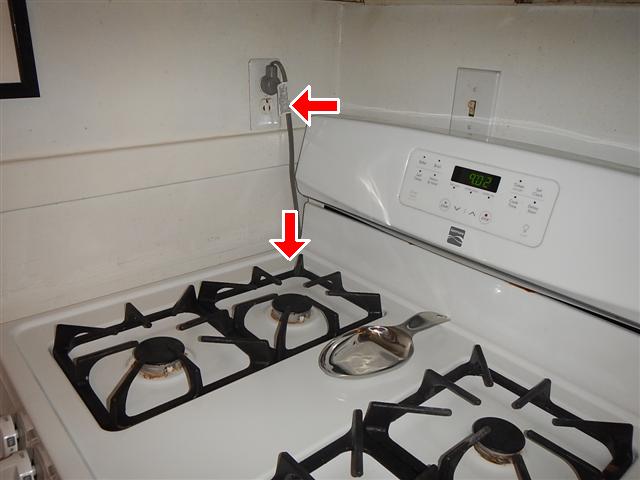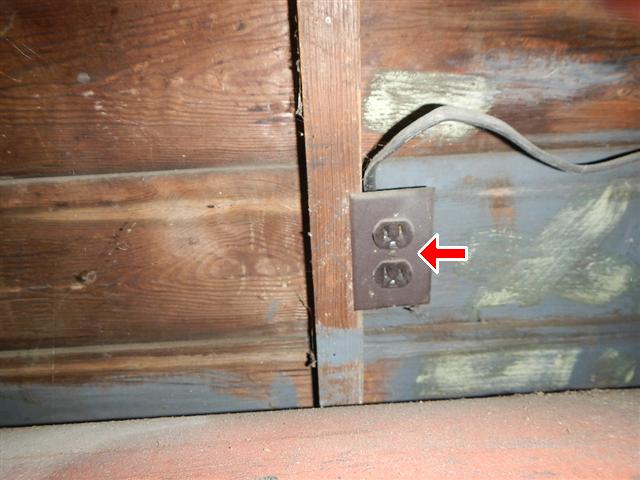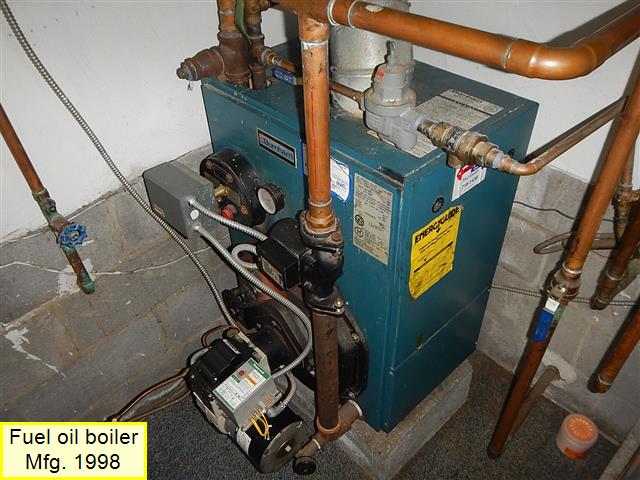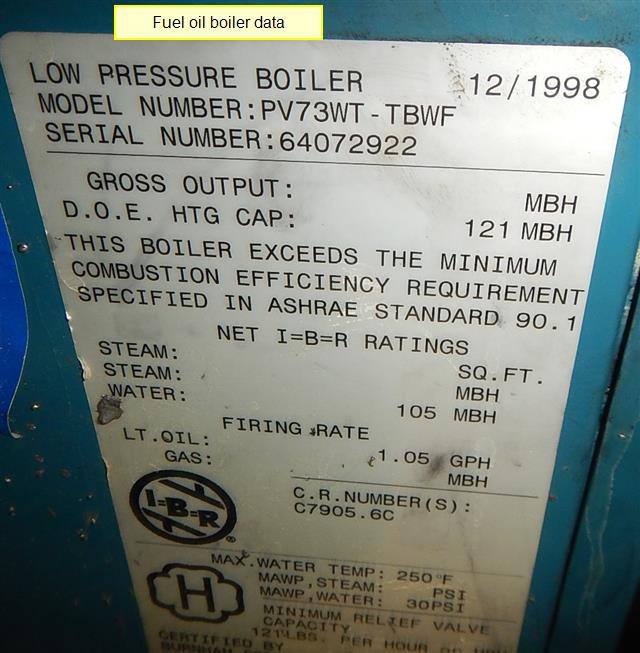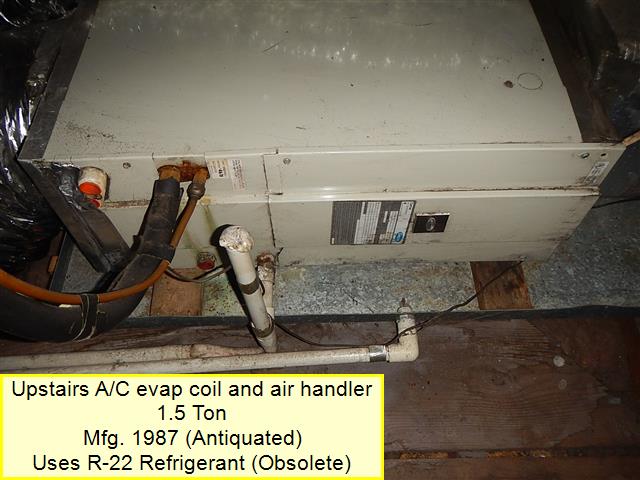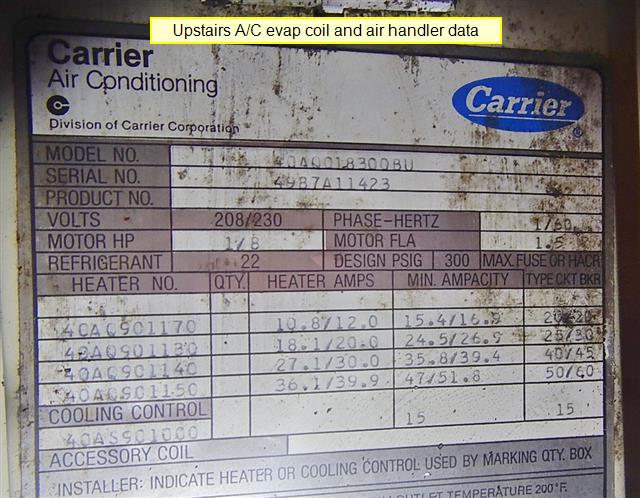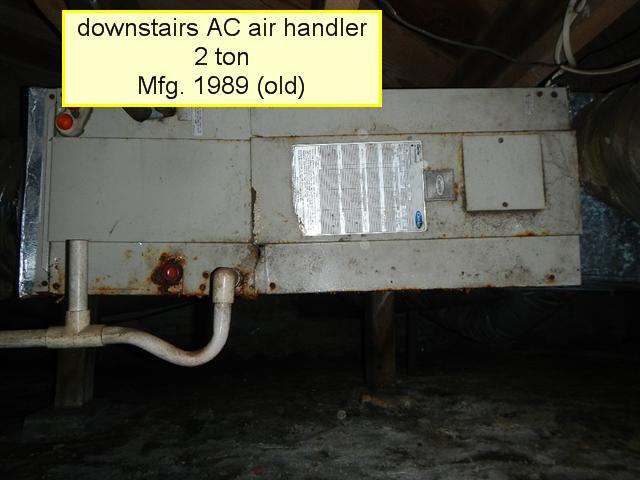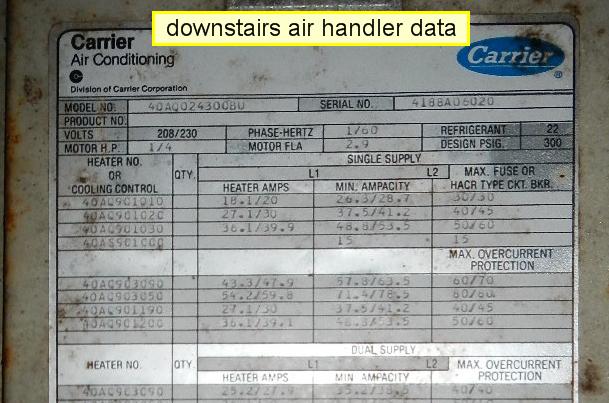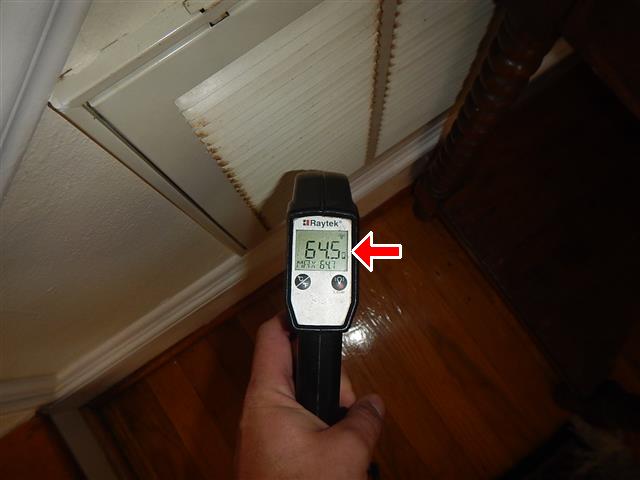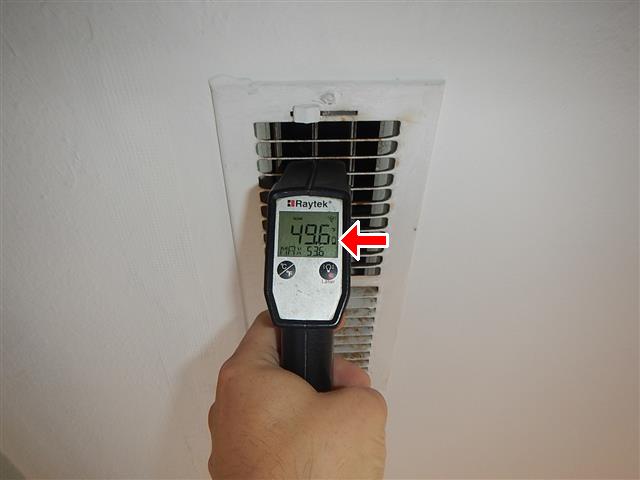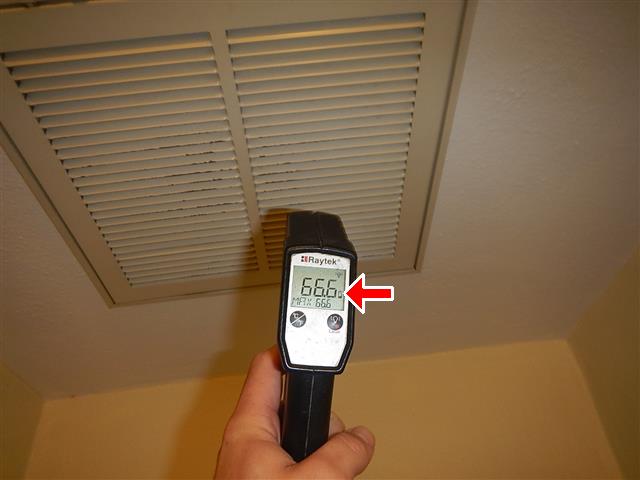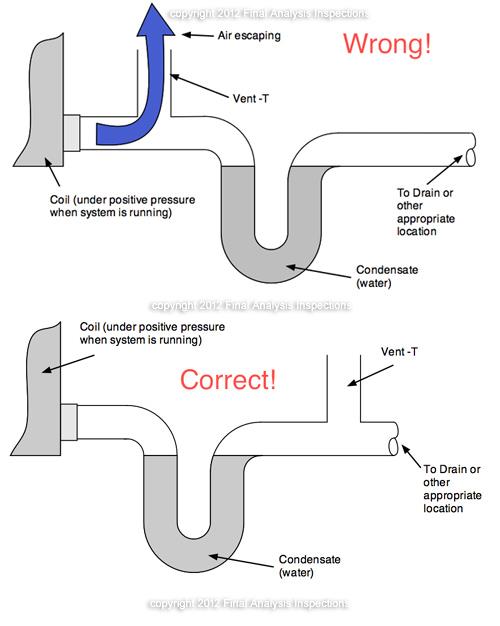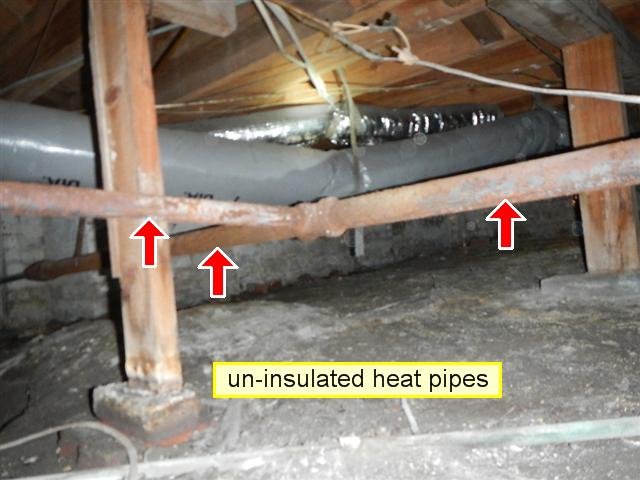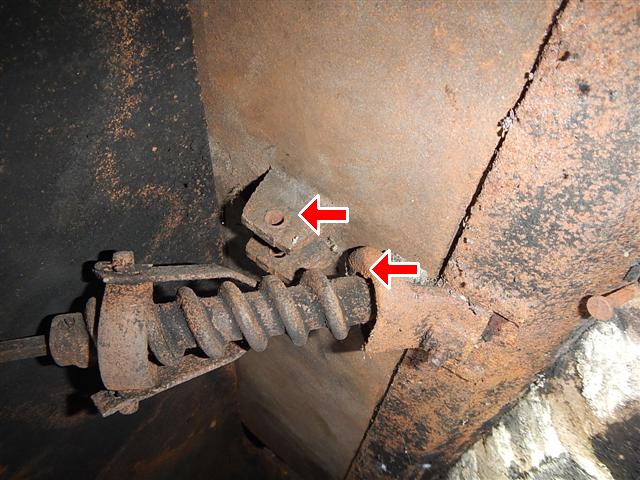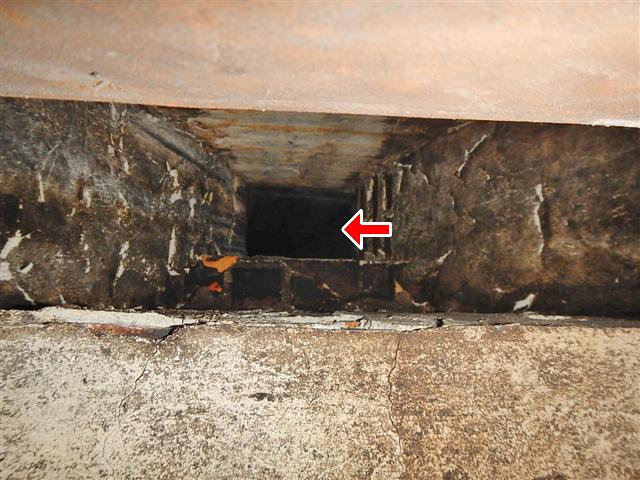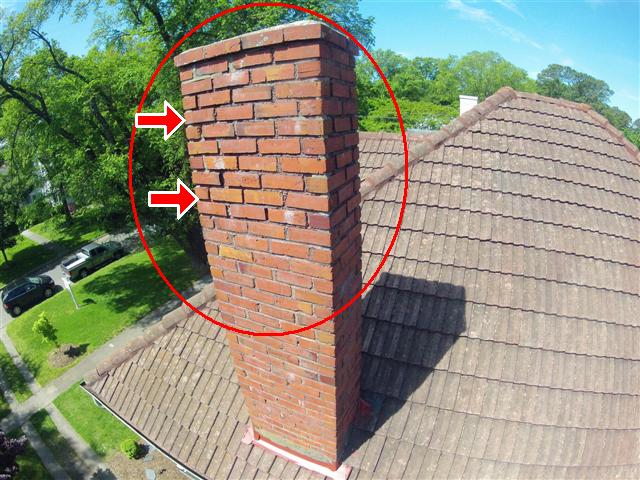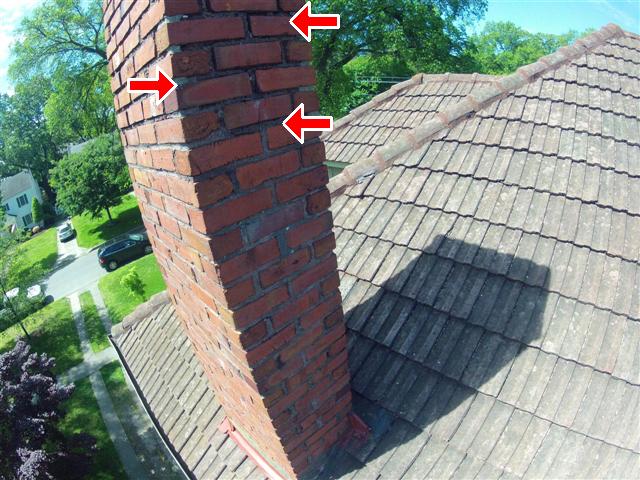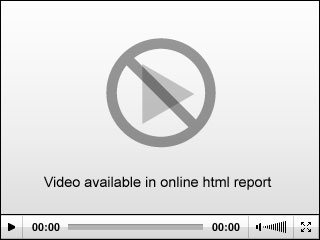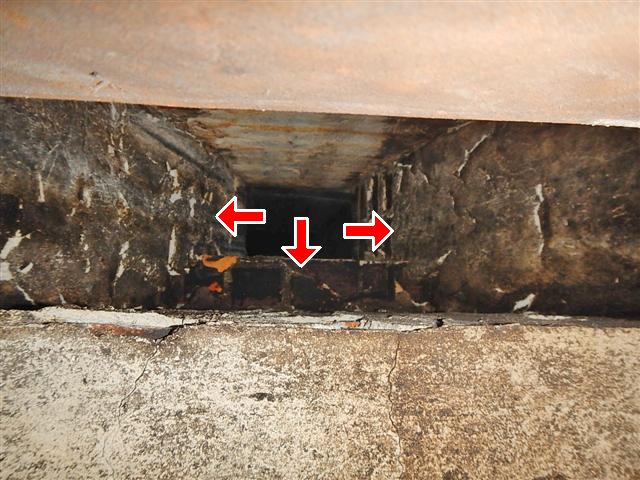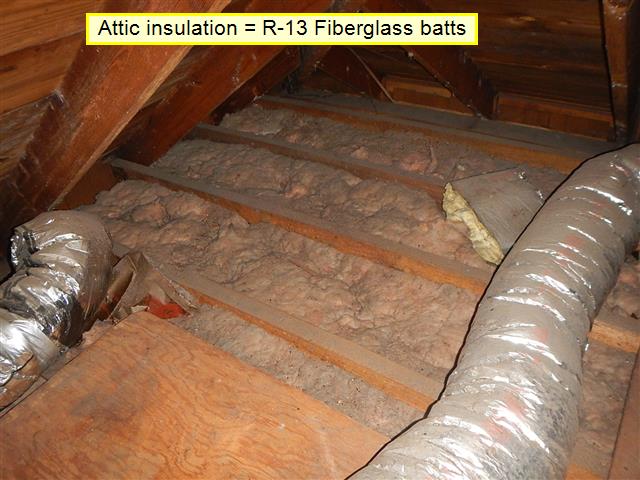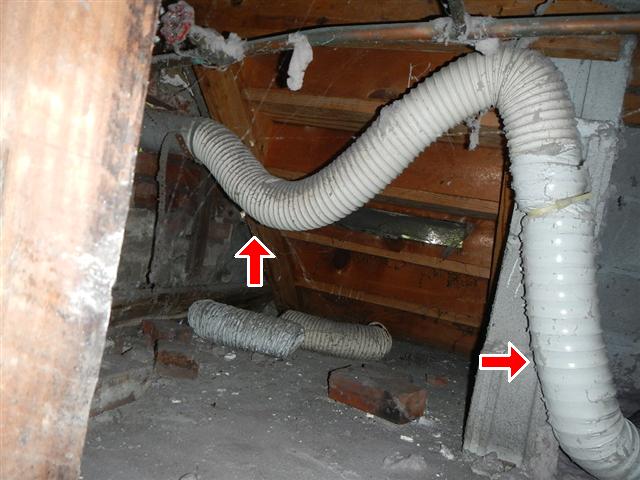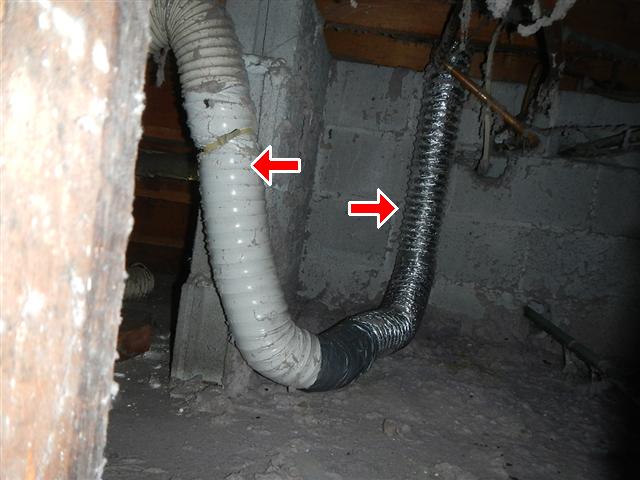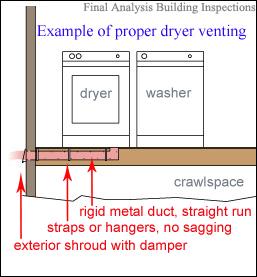Comment Key or Definitions
The following definitions of comment descriptions represent this inspection report. All comments by the inspector should be
considered before purchasing this home. Any recommendations by the inspector to repair or replace suggests a second opinion or
further inspection by a qualified contractor. All costs associated with further inspection fees and repair or replacement of item,
component or unit should be considered before you purchase the property.
Inspected (IN) = I visually observed the item, component or unit and if no other comments were made then it is satisfactory and
appeared to be functioning as intended allowing for normal wear and tear.
Not Inspected (NI)= I did not inspect this item, component or unit and made no representations of whether or not it was functioning
as intended and will state a reason for not inspecting.
Not Present (NP) = This item, component or unit does not exists in this home or building.
Information & Disclosures (ID) = Important information you should know about this house or building including, disclosures, alerts,
advisories and warnings about typical conditions or circumstances for this home. Not necessarily something abnormal or unusual
but critical information that may pose significant concern for health risk, environmental safety or additional cost. These items will be
indicated with an
Orange Flag
Repair or Replace (RR) = The item, component or unit is not functioning as intended, defective, broken or otherwise needs further
inspection and evaluation by a qualified contractor. Items, components or units that should be repaired, replaced or corrected.
These will be indicated with a
Red Flag 
Inspection standards: This inspection was completed in compliance with the
professional standards of practice set forth by the
American Society of Home inspectors (ASHI)
Purpose and Objective: This inspection is not technically exhaustive and can not be conclusive of every detail. The primary
objective of this building inspection is to identify and report MATERIAL DEFECTS.
Material Defects are defined as a specific
issue with a system or component of a residential property that may have a significant, adverse impact on the value of
the property, or that poses an unreasonable risk to people. The fact that a system or component is near, at or beyond the
end of its normal useful life is not, in itself, a material defect. Normal wear and tear, maintenance typical defects or deficiencies are
not defined as material defects. That is not to say that the home inspector will not report smaller defects such as cracked glass,
broken outlets or leaky faucet washers but this is not the primary objective of an inspection. The home inspection is a first look
attempt at ascertaining the general condition of a property. While it is the purpose of this inspection to discover and disclose those
major items and concerns that may have an adverse impact on the value of this property and the health and safety of it's occupants,
it is not an exhaustive list of defects or discrepancies and it certainly should not be used as a punch list of repairs. Repair list and
cost estimates should be obtained from contractors. It is important to know that home inspectors are general practitioners with a
limited amount of time and capabilities that is primarily focused on major issues in the home. Outside of normal testing and
observation, Inspectors do not engage in troubleshooting or diagnostics and can not offer repair advice. home inspections are
limited to visual observations only and does not include technically exhaustive or invasive analysis. However, this report
attempts to identify and recommend conditions that should have further evaluation by experts prior to closing.
Typically included in any inspection report will be smaller issues, discrepancies, observations and suggestions. These may not be
considered serious or significant problems but common to find on any home and is mostly provided as courtesy in an attempt to
give you a more comprehensive understanding of the home.
It is the objective of the inspection and report to provide you the means by which you can progress in an informed manner
thereby protecting yourself as much as possible before taking ownership of a property. This may mean obtaining further evaluation
and repairs by an expert, purchase price adjustments, escrow of funds for repair, or withdrawing from a buyers purchase agreement
altogether. If you are subject to an inspection contingency removal purchase addendum your conditions and disposition of removing
that contingency should be clearly stated with details of expected outcomes. Furthermore, it should also be stated that any
dispositions agreed to should be subjective to your re-inspection and final acceptance of satisfactory completion prior to closing of
escrow.
Repairs - No matter how big or small, All repairs, corrections or replacements should be requested to be completed by licensed,
qualified professionals with copies of their credentials, licensing, labor and product warranties and receipts of work. It is not
recommend that you ask the seller to make the repairs unless they are qualified in the trades and you feel confident that they'll do
a good quality job. It should be expected and required that all work be accompanied by any required city permits and inspections.
Mostly all work except minor repairs require city permits and inspections. Finally, all repairs should be subject to your re-inspection, satisfaction and approval a couple days before closing.
Reinspection - Due to liability restrictions, reinspections are not the policy of Final Analysis home inspections. All repairs or
corrections should be completed by qualified, licensed professional in their trade and should be accompanied by permits, work
orders, receipts and warranties. If you feel a reinspection is necessary we can provide on a case by case basis and subject to
schedule availability. The property inspection contingency removal addendum (PICRA) should be provided to us when the re-inspection is requested. All re-inspections are subject to a minimum fee of $200 and will be accompanied by an updated report.
NOTICE OF URGENCY: If you are buying this property, any discrepancies, concerns or issues revealed in this report
should be resolved to your satisfaction before close of escrow and/or taking possession.
Older Home - This home is older than 50 years and the inspection is subjective to it's age. Older vintage homes can be inherently
problematic which is somewhat normal and expected but you should be aware of the potential concerns. Because of their age,
older homes can be more expensive to update, repair and maintain. It is common to have areas that no longer comply with current
fire or building code. While this inspection makes every effort to point out safety issues or major deficiency's caused by age, but it
does not inspect for current building code compliance. Any major repairs, updates or improvements that have been completed
should be accompanied with the required city permits and inspections for approval. It is not unusual to see un-level flooring, door
and window frames out of square and binding, cracked plaster caused by frame settlement, sagging or prior repairs but not
necessarily indicative of structural failure.
Health and Environmental - Older homes may contain lead based paint, lead in water pipes or solder joints, asbestos, buried fuel oil
tank or other conditions that are now considered hazardous. Special treatment and handling requirements of these materials during
repairs can increase cost substantially. We report suspicious conditions but this inspection does not cover environmental health
inspections, sampling, conditions, safety or laboratory testing.
Repair workmanship - Older homes have a higher propensity for amateur repairs, mixed materials old and new, temporary fixes or
less than standard quality workmanship. Older homes are typically better built but would be subject to more maintenance, updates
and alterations over the years. This inspection looks for items that are blatantly unsafe, structurally unsound, not functioning as
designed or otherwise can have a negative impact on the current value of the property. It does not anticipate or project the
maintenance cost of owning an old property.
Efficiency - Older homes may not be thermal efficient and may contain inefficient windows, HVAC system, poor or non-insulated
walls, floors, ceilings.
Overview: A thorough home inspection was completed at the subject property in accordance with the
American Society Home
Inspections (ASHI) standards. The inspection reveals that this 1924 antique structure has normal wear and aging subjective to its
age. Its structure and systems are generally sound and well built and maintained but there are some significant structural concerns
that should be addressed among other typical defects and deficiencies. All observations made and items reported here should be
carefully reviewed and considered for correction where needed as they are specific to this home and can have a significant impact
on it's condition, safety and value.
